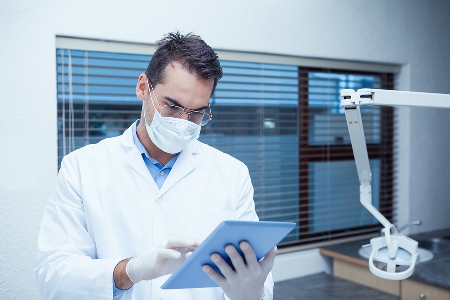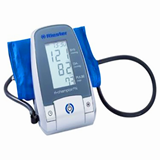We take a look at the next big things in digital dentistry.
Laser-based 3D computer
Patients who need new crowns, bridges or veneers for damaged teeth, can now spend only two hours at the dentist thanks to 3D computer imaging.
Dentists place a digital camera in the patient's mouth to take a 3D image of the damaged tooth, which is sent to a laser-based 3D computer. The computer reconstructs an accurate image of the tooth in just 30 seconds, re-creating a digital crown on top of the damaged tooth.
This laser-based technology has the potential to save time for patients, who no longer need to sit with an impression tray in their mouth for hours.
3D printer mill
Dentists can keep the process transparent by using the 3D image generated to make the crown on site at their dental practice. The digitally generated computer image is sent wirelessly to a 3D printer mill, which deposits layer upon layer to build a new crown. Taking a few minutes to build, the mill carves the desired size to fit the patient's tooth.
The mill still requires dental expertise to shade and marble the tooth to look 'real', which can then be immediately affixed, all in a single visit to the dentist.
Digital x-rays
Digital imaging sends x-rays to a computer that can be viewed on a screen, stored or printed. The process uses less radiation and saves time for patients waiting for results.
It also helps dentists examine teeth more closely, as the image can be enhanced and enlarged, or even sent to a colleague for a second opinion. Subtraction radiography can also assist dentists to digitally compare two images.
Digital patient education
It is not called the information age for nothing! Patients today are more informed and have access and source information quicker. Dentists may consider communication using touch screen devices, live and video photos for educational information, 3D video presentations and off-site live consultations.


